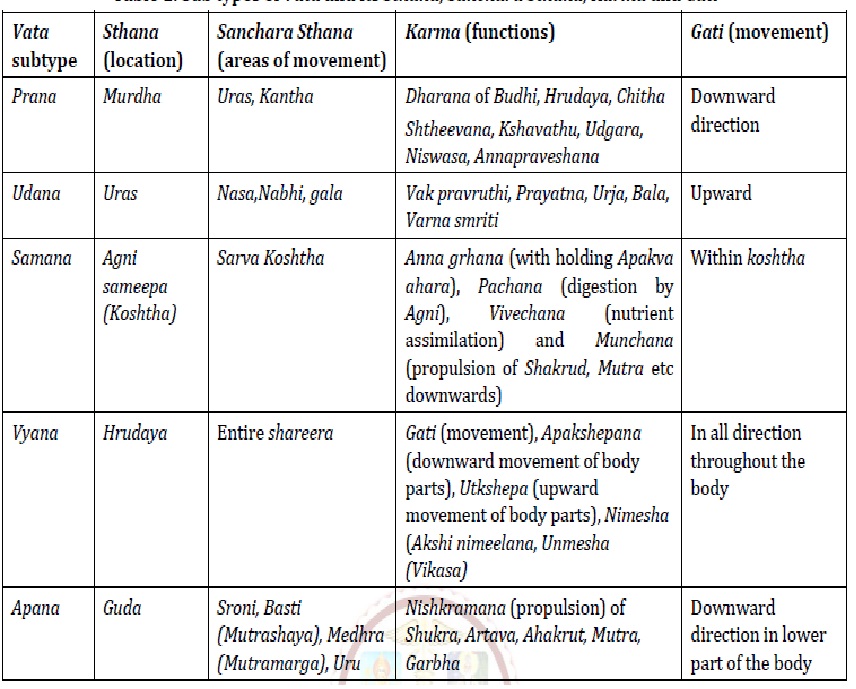Critical Review on Avarana with Contemporary Understanding
DOI:
https://doi.org/10.47070/ayushdhara.v10iSuppl1.1137Keywords:
Vata , Avarana, Starling force, Turbulent flow, Sludged blood.Abstract
Vata has given utmost importance in Ayurveda. Starting from molding the shape of Garbha, Vata controls various bodily activities, including the Manas. Like other two Dosha, the normalcy of Vata maintains health, or diseases otherwise. Vata is the one with the ability to move and also do propulsion of other Dosha, Dhathu and Mala. Avarana is one among the unique concept attributed to the pathologies involving Vata Dosha. The Gatyatmakata of Vata being afflicted in the Avarana and hence resulting in the diseases. The minute fluctuations in the Gati or the movement of Vata can alter the normal health. Knowledge of Avarana is also useful in the treatment of Vatavyadhi. The Anutva and Amurtatva of Vata making this composite process more complicated to understand and even diagnose. In general, there occurs an interruption to the normal movement or flow of Vata dosha that can be compared to various pathologies as disequilibrium of Starling force, turbulent flow or even sludged blood. E H Starling, proposed that the four primary forces that determine whether fluid will move out of the blood into the interstitial fluid or in the opposite direction. Any changes in these forces end up in disequilibrium in capillary exchange. The normal laminar flow of blood becomes turbulent, when the rate of blood of is high, when it passes any obstruction (eg: atherosclerotic plaque), when it makes a sharp turn or when it passes through a rough surface. In case of sludged blood, a block occurs in many of the very small blood vessels leading to the ischemic changes in the tissues. In all these conditions, there affects the movement or flow and hence result in pathologies. Hence it can be compared to that of Avarana.
Downloads

Downloads
Published
Issue
Section
License
Copyright (c) 2023 AYUSHDHARA

This work is licensed under a Creative Commons Attribution-NonCommercial-ShareAlike 4.0 International License.


